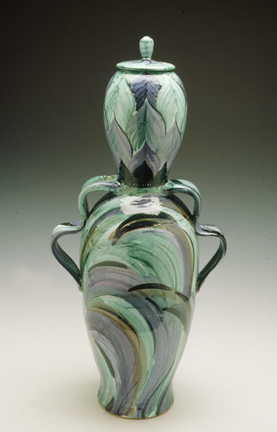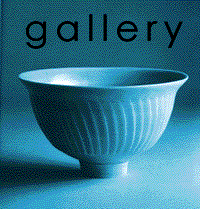2000 - Made in L A, Gallery Eight, La Jolla, CA
1997 - Sequential Development, Invitational Exhibit, CSULA Gallery,
Los Angeles, CA
1997 - Made in L A, Gallery Eight, La Jolla, CA
1995 - The Isomata Years, Riverside Art Museum, Riverside, CA
1994 - Tradition and Innovation in Ceramic Art, Lancaster Museum of
Art, Lancaster, CA
1993 - The Kiln Gods Must Be Crazy, Brand Library Art Gallery, Glendale,
CA
1991 - California Ceramics, Ontario Museum of Art, Ontario, CA
1989 - Southern California Ceramics, CSU Long Beach Gallery, Long Beach,
CA
1988 - California, Paul Luster Gallery, San Francisco, CA
1987 - Connections, Great American Gallery, Atlanta, GA
1986 - Rituals of Tea, Garth Clark Gallery, New York, NY
1986 - Treasures, Garth Clark Gallery, Los Angeles, CA
1984 - Static Interference, Solo Exhibition, Garth Clark Gallery, Los
Angeles, CA
1984 - Thirty Years of Southern California Ceramics, Municipal Art Gallery
at Barnsdall Park, Los Angeles, CA





